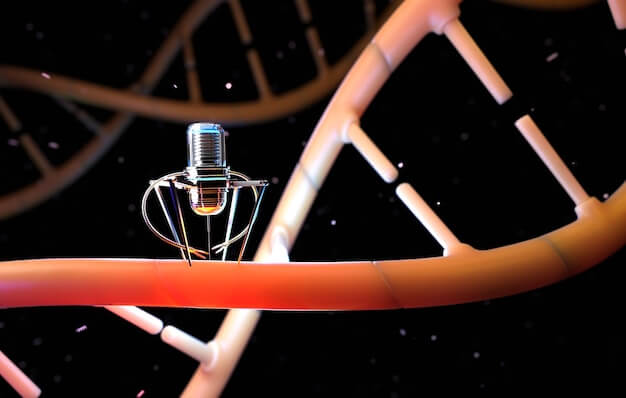In today's rapidly changing world of science and technology, a research result that sounds very sci-fi will appear from time to time. No, a paper published in the journal Science Robotics belongs to this scope: a cell regeneration robot that successfully works in vivo.
However, we should not fall into the imagination of "swarms of nano robots flowing in the blood", because that is the real science fiction. This research result is not as cool as that in the film in terms of vision, but it is quite amazing in terms of scientific achievements.
This research was successfully conducted by a team of multinational researchers led by Dana Damian of Boston Children's Hospital. In the paper, the researchers said that they had created a robot implant that "can promote the growth of tubular organs such as esophagus and intestine by exerting the traction force controlled by the computer".
In surgery, it is very difficult to repair the tubular structures in the body. Because most organisms contain a large number of tubular structures, this has been a major research direction in the medical field.
Existing methods, such as organ transplantation, are not only expensive, but also risky. Long distance esophageal atresia and other surgical methods require patients to be anesthetized for several weeks, because each segment of the esophagus needs to be gently stretched and connected.

In contrast, the pigs used to experiment with Damian's robot implants not only live well, but also are awake when the implants are implanted into their esophagus.
Why is this robot implant so magical? The answer may surprise you. The principle it uses is not complicated. It was discovered as early as 1930 and is often used to cultivate bacteria. It is mechanical stimulation, which stimulates cells through mechanical movement to improve the speed of cell growth and wound recovery.
However, for a long time, the equipment needed to generate mechanical stimulation is not suitable for human implantation due to its volume. Thanks to the development of microelectronics in recent years, we can finally produce mechanical devices small enough to stimulate cells in vivo.
Compared with the existing means, the advantage of this technology is not only in time, but also in avoiding many serious problems through nourishing the body. Because the existing means need to expand the tissue in several hours or days, there will be a risk of furniture fibrosis and poor neural connection.
During the operation described in the paper, a 10cm long robotic implant was connected to the esophagus externally by the doctor, and was fixed to the tubular part of the esophagus through two O-rings. The outside of the implant, which contains motors, sensors and various electronic components, is wrapped with a layer of biocompatible waterproof skin and connected to the control unit outside the body through a data line. The part between the two O-rings will be mechanically stimulated to accelerate cell growth.
The experimental results of the researchers are very successful. Within 9 days, the length of the esophagus between the two O-rings in the experimental pigs was expanded by 77%. This result does not come from stretching, but through stimulating cell self growth. During this process, the blood flow and function of the esophagus were completely maintained.
The researchers speculate that if the device is further upgraded to recognize the contraction and relaxation of the esophageal muscle when eating, it can even allow patients to eat during the repair process.
Is it a pity for you to see this? The reality is not as tall as the nano machine bees that can repair various injuries in science fiction. But this robot that elongates tubular organs may be closer to those robots than we thought.
Because the researchers pointed out: "In addition to their use in organ growth, robot implants also represent a new research direction of medical robots. These bionic systems can help provide normal body functions, whether temporary or permanent before body repair."
"The miniaturization of sensors and actuators, together with the development of wireless communication, energy transmission, energy collection and other technologies, is likely to allow us to create devices that go beyond science fiction."
